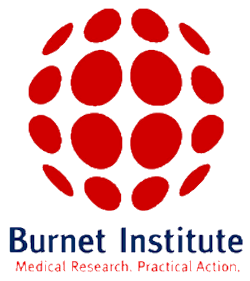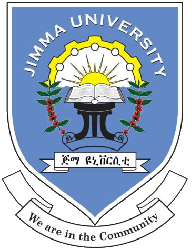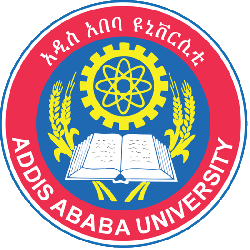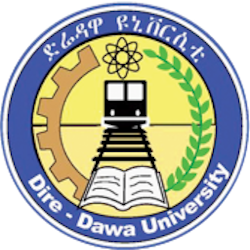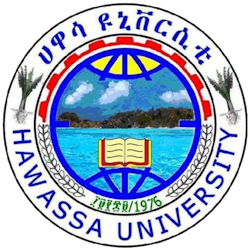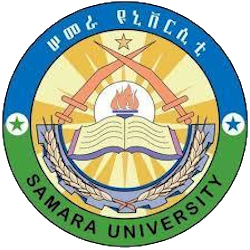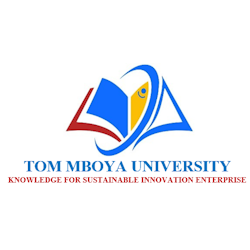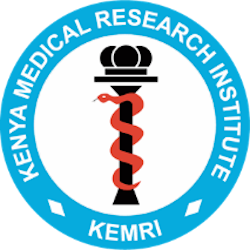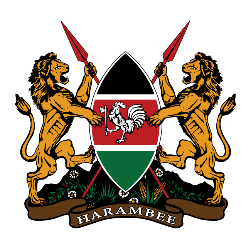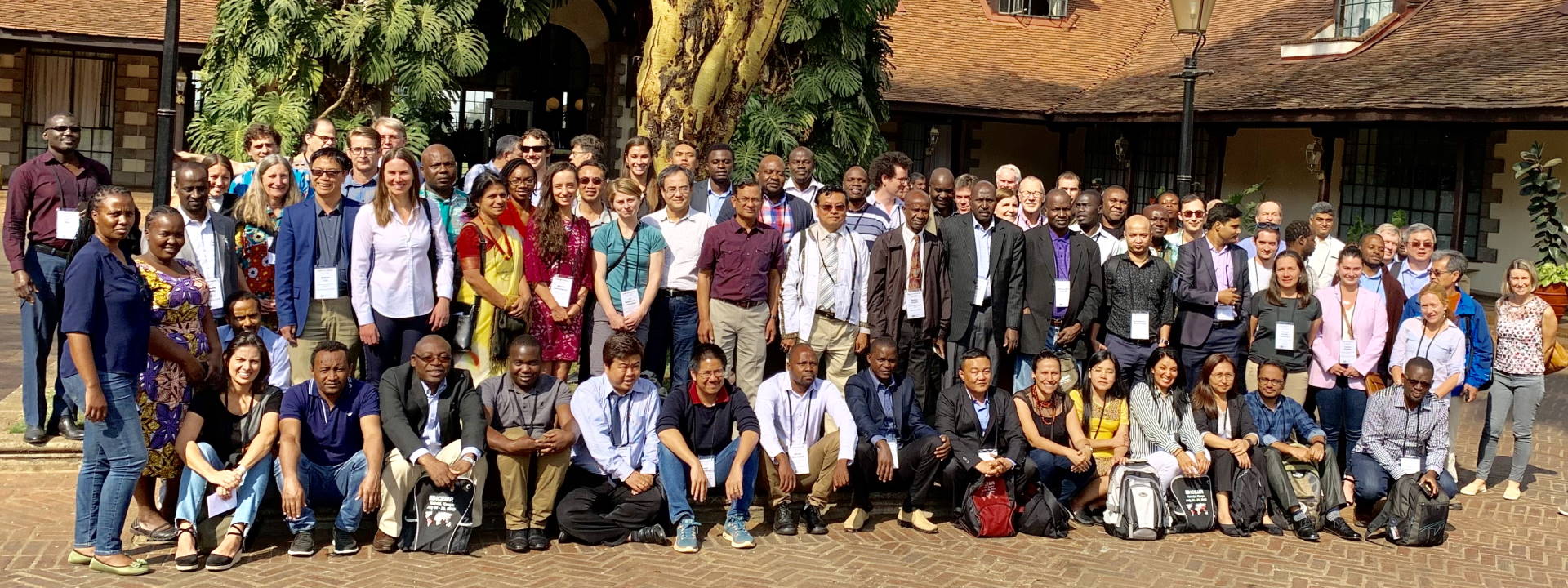Why Kenya & Ethiopia
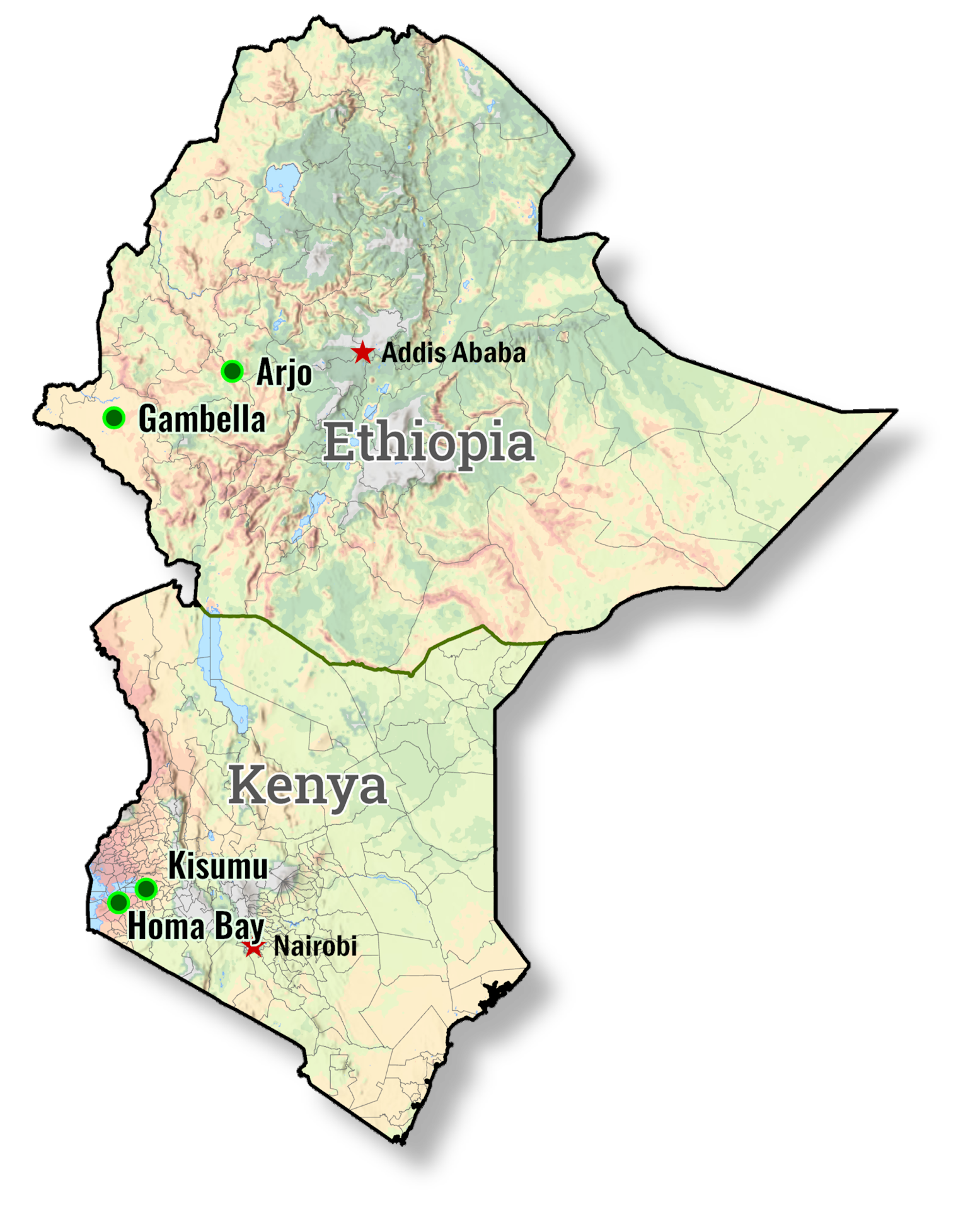
ICEMR Central Theme
- Epidemiology
- Vector & Transmission
- Pathogenesis & Immunity
- Adaptive Interventions
Hypothesis: Environmental modifications from water resource development projects such as the construction of dams, irrigation, and shifting agricultural practices affect malaria epidemiology at the molecular, individual, field, and population levels.
Hypothesis: Environmental modifications from water resource development projects alter the ecology and behaviors of malaria vectors and subsequently malaria transmission
Hypothesis:
Hypotheses: Interventions through adaptive use of vector control will reduce clinical malaria incidence in a cost-effective manner; Strategies with adaptive intervention will result in better outcomes than those without in measures related to transmission risk such as asymptomatic infection prevalence, insecticide resistance, or drug resistance.
Special Reseach
Special research projects related to Sub-Saharan Africa ICEMR
High-Altitude Migration
Wind-assisted, Long-distance, High-altitude Flight of Malaria Mosquitoes Research Question: Does high-altitude, long-distance flight occur in malaria vectors, and what is its role in malaria transmission maintenance?
Ultra-Sensitive PCR
Malaria Infection Diagnosis: The Value of Ultra-sensitive PCR Method Rationale: Asymptomatic individuals act as silent reservoirs of malaria transmission, perpetuating low-density transmission. Only the most mature gametocyte (stages iv – v) exist in peripheral blood circulation and offer a link in malaria transmission. .
Ultra-Sensitive RDT
Added Value of Ultra-sensitive RDT for Malaria Surveillance in the Context of Rapidly Changing Epidemiology? Aim: Evaluate whether recently developed ultrasensitive RDT (usRDT) provides a more sensitive and accurate diagnosis of Plasmodium falciparum in community and healthcare settings.
Hydro-Climatic Transmission Model
Water & Malaria: Hydrologic Model Development & Simulation Objective:Understand the location and duration of surface water detention being related to mosquito breeding; Investigate the impact of irrigation on the soil moisture and water storage in the field.
Urban Malaria
Urban Malaria and Invasive Vectors Malaria is traditionally associated with rural and tropical regions, but it is increasingly becoming a concern in urban settings, particularly in invasive vector areas.
Key Investigators

Guiyun Yan
Program Director

James W. Kazura
Project Lead

Andrew K. Githeko
Admin Core Co-Director

Delenasaw Yewhalaw
Project Lead

Christopher L. King
Principal Investigator

Kuo-lin Hsu
Principal Investigator

Kora Tushune
Site Coordinator
Kora Tushune, Ph.D.
Vice President, Associate Professor of Health Policy and Economics
Jimma University, Ethiopia

John Githure
Project Investigator
John Githure, Ph.D.
Senior Project Lead
Tom Mboya University – UC Irvine Joint Laboratory, Kenya

Harrysone Atieli
Project Investigator
Harrysone E. Atieli, Ph.D.
Program Manager & Project Lead
Tom Mboya University – UC Irvine Joint Laboratory, Kenya

Arlene E. Dent
Project Investigator
Arlene E. Dent, M.D., Ph.D.
Assistant Professor, Pediatric Infectious Disease
School of Medicine,
Case Western Reserve University, Ohio, USA

Guofa Zhou
Project Investigator
Guofa Zhou, Ph.D.
Project Scientist
Department of Population Health & Disease Prevention
College of Health Sciences
University of California, Irvine

Daibin Zhong
Project Investigator
Daibin Zhong, Ph.D.
Project Scientist
Department of Population Health & Disease Prevention
College of Health Sciences
University of California, Irvine

Ming-Chieh Lee
Data Core Director & Project Investigator
Ming-Chieh, Alexander, Lee, Ph.D.

Assistant Project Scientist
Department of Population Health & Disease Prevention
College of Health Sciences
University of California, Irvine

Ai-Ling Jiang
Project Investigator
Ai-Ling Jiang, Ph.D., P.E.
Postdoctoral Scholar
Center for Hydrometeorology and Remote Sensing
University of California Irvine

Hiwot Solomon
Ethiopia MoH Collaborator
Hiwot Solomon, Ph.D.
Lead Executive Officer
Disease Prevention And Control
Ministry of Health - Ethiopia

Charles O. Ochola
Kenya Collaborator
Prof. Charles O. Ochola, Ph.D.
Acting Vice Chancellor, Council Member
Tom Mboya University
Kenya Collaborator

Chloe Wang
Project Coordinator
Chloe Wang, PhD
Project Coordinator
Sub-Saharan Africa ICEMR
University of California, Irvine


